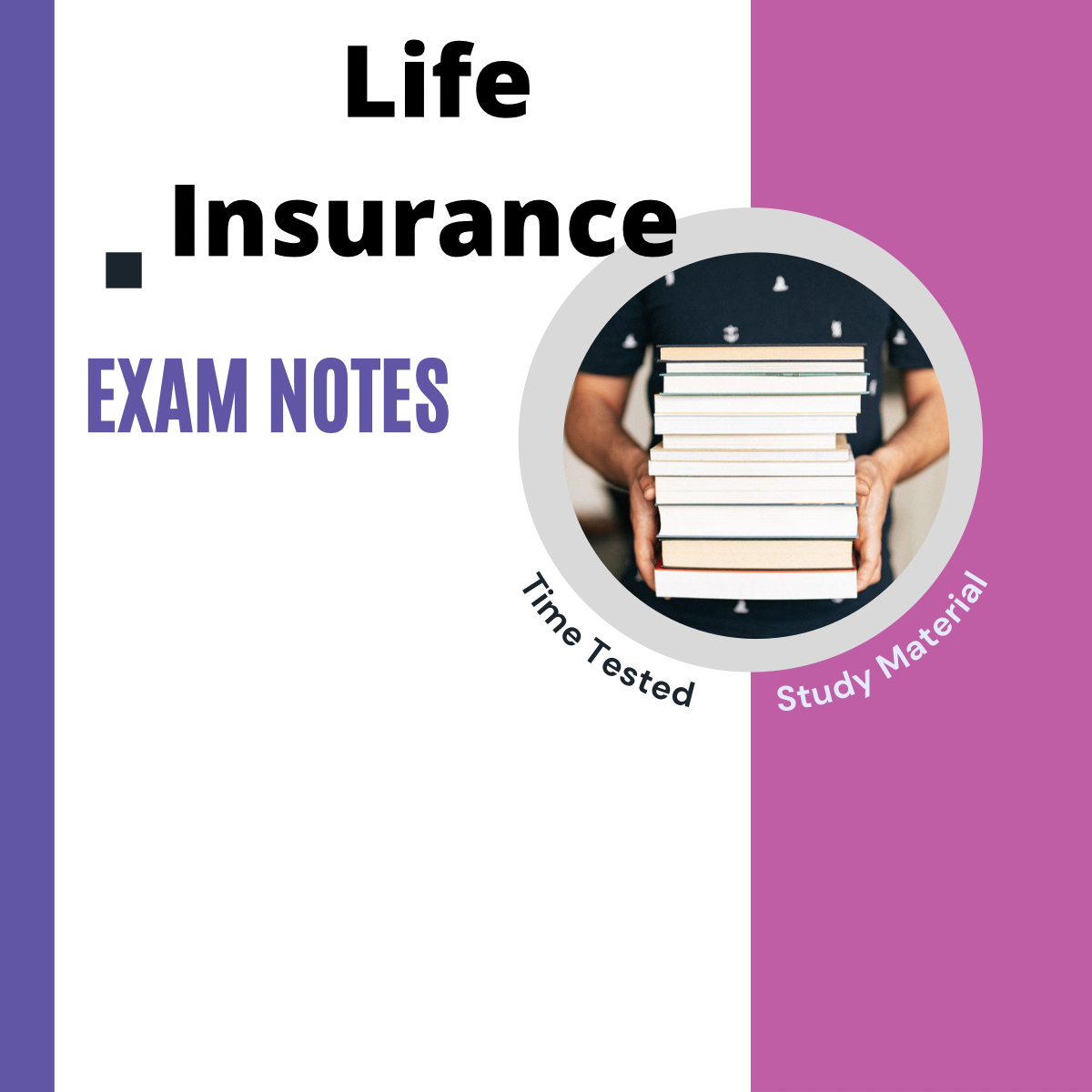The Buzz on Pacific Prime
Table of ContentsPacific Prime Can Be Fun For Everyone7 Simple Techniques For Pacific PrimeTop Guidelines Of Pacific PrimeAll About Pacific PrimePacific Prime Things To Know Before You Buy

This is because the data were gathered for a duration of strong economic performance. Of the estimated 42 million people that were without insurance, almost about 420,000 (regarding 1 percent) were under 65 years of age, the age at which most Americans come to be eligible for Medicare; 32 million were adults between ages 18 and 65, about 19 percent of all grownups in this age; and 10 million were children under 18 years of age, concerning 13.9 percent of all children (Mills, 2000).
These price quotes of the variety of persons without insurance are created from the yearly March Supplement to the Present Population Survey (CPS), performed by the Demographics Bureau. Unless or else kept in mind, national estimates of people without wellness insurance and proportions of the population with various type of coverage are based on the CPS, the most commonly utilized resource of estimates of insurance coverage and uninsurance prices.
Top Guidelines Of Pacific Prime

Still, the CPS is particularly beneficial since it produces yearly price quotes fairly rapidly, reporting the previous year's insurance protection estimates each September, and because it is the basis for a regular collection of estimates for even more than twenty years, permitting analysis of fads in insurance coverage gradually. For these reasons, along with the considerable use the CPS in other researches of insurance policy coverage that are presented in this record, we count on CPS quotes, with limitations kept in mind.

The estimate of the variety of without insurance people increases when a populace's insurance coverage status is tracked for several years. Over a three-year duration beginning early in 1993, 72 million people, 29 percent of the U.S. https://www.mixcloud.com/pacificpr1me/. populace, lacked protection for a minimum of one month. Within a solitary year (1994 ), 53 million individuals experienced at the very least a month without protection (Bennefield, 1998a)
Six out of every 10 without insurance adults are themselves employed. Although functioning does enhance the possibility that and one's member of the family will certainly have insurance coverage, it is not a guarantee. Also participants of families with 2 full time wage earners have nearly a one-in-ten chance of being without insurance (9.1 percent uninsured price) (Hoffman and Pohl, 2000).
Fascination About Pacific Prime
New immigrants represent a considerable percentage of individuals without medical insurance. One analysis has associated a considerable section of the current growth in the size of the U.S. without insurance populace to immigrants who showed up in the country in between 1994 and 1998 (Camarota and Edwards, 2000). Recent immigrants (those that came to the United States within the previous 4 years) do have a high rate of being without insurance (46 percent), but they and their kids make up just 6 percent of those without insurance policy country wide (Holahan et al., 2001).
The partnership in between medical insurance and accessibility to care is well established, as recorded later on in this chapter. Although the connection between medical insurance and health outcomes is neither direct nor easy, a considerable professional and wellness solutions research study literature links medical insurance protection to enhanced access to care, better quality, and boosted individual and population health and wellness status.
Levels of analysis for checking out the impacts of uninsurance. This discussion of wellness insurance coverage concentrates primarily on the united state populace under age 65 because virtually all Americans 65 and older have Medicare or various other public protection. It focuses specifically on those without any type of wellness insurance coverage for any size of time.
How Pacific Prime can Save You Time, Stress, and Money.
The problems encountered by the underinsured are in some aspects similar to those encountered by the without insurance, although they are normally less extreme. Health and wellness insurance coverage, however, is neither necessary neither adequate to get access to medical solutions. The independent and direct impact of health insurance policy coverage on accessibility to health solutions is well established.
Others will certainly acquire the wellness care they require important source even without medical insurance, by spending for it out of pocket or seeking it from service providers that provide treatment totally free or at very subsidized rates. For still others, wellness insurance alone does not make sure receipt of care due to other nonfinancial obstacles, such as an absence of healthcare suppliers in their community, restricted accessibility to transportation, illiteracy, or etymological and social differences.
9 Simple Techniques For Pacific Prime
Formal research regarding without insurance populaces in the USA dates to the late 1920s and very early 1930s when the Board on the Cost of Healthcare produced a series of reports regarding financing doctor office check outs and hospital stays. This concern came to be significant as the varieties of clinically indigent climbed up during the Great Anxiety.